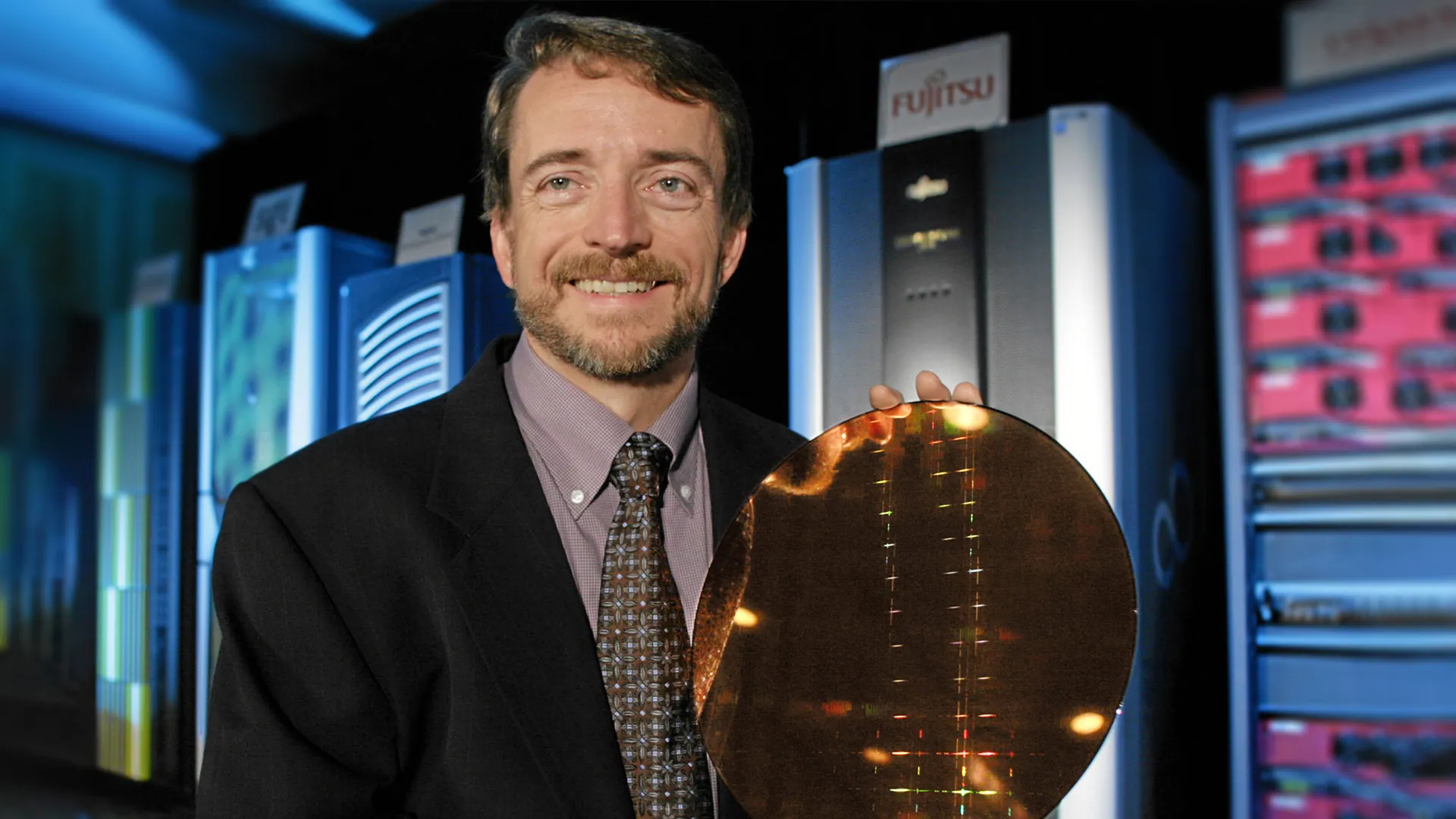Introduction:
In a recent interview with Digit, Intel CEO, Pat Gelsinger, candidly discussed the company’s past mistakes and missed opportunities.
Over the last decade, Intel has navigated through numerous technological innovations and industry shifts, and Gelsinger expressed his regrets about Intel’s inability to seize certain opportunities.
In this blog post, we will delve into the three key mistakes highlighted by Pat Gelsinger and the implications of these missed opportunities.
Follow us on Linkedin for everything around Semiconductors & AI
Intel Missed Opportunities: Missing the Mobile Wave:
One of Intel’s significant missed opportunities was their late entry into the smartphone market.
Gelsinger admitted, “Yeah, we missed the mobile wave.”
While Intel did produce chips for smartphones, such as the Samsung i700 with an Intel PXA250 CPU back in 2004, they failed to establish a substantial presence in the mobile industry.
This oversight was especially glaring considering that Intel’s involvement in smartphones predated the release of the first iPhone in 2007. Today, Intel has virtually no footprint in the smartphone market, which is dominated by competitors like Qualcomm and Apple.
Read More: The Fall of Intel: How an MBA CEO’s Short term thinking destroyed a semiconductor giant
Intel Missed Opportunities: The Larrabee Project:
Another missed opportunity highlighted by Gelsinger was the shelving of the Larrabee project. The Larrabee project aimed to develop a competitive graphics card, which is something Intel has struggled with historically.
Gelsinger expressed regret, stating that they “killed the one that would have made all the difference in the world.”
The Larrabee project, which was initiated in the mid-2000s, was designed to create a graphics processor from original Pentium-based CPUs, with a focus on being a General Purpose Graphics Processing Unit (GPGPU) for various graphics workloads.
Unfortunately, the project was abandoned in 2009, ultimately hampering Intel’s position in the graphics card market.
Read more: Intel Lost Decade: 5 Reasons Why Chip Giant Did Fall Behind
Intel Missed Opportunities: The Foundry Ambition:
Intel’s third significant mistake, as highlighted by Gelsinger, was the company’s strong focus on becoming a top-level semiconductor manufacturer, or foundry.
This ambition may have inadvertently caused delays in innovation and the adoption of newer manufacturing processes, like EUV lithography. Intel’s prolonged use of the 14nm node led to competitors like TSMC and AMD gaining a considerable lead in semiconductor manufacturing.
AMD’s Ryzen processors, launched during Intel’s stagnation, have since become highly popular.
Intel’s coined term, “Siliconomy,” underscores the influence of semiconductor manufacturing on the global economy. It has a $11 trillion indirect impact and directly contributes $3 trillion.
Nevertheless, Gelsinger acknowledged that missed opportunities are inevitable in such a rapidly evolving industry.
He also expressed optimism for Intel’s future, with the impending launch of the 14th Gen Meteor Lake laptop chips, representing a significant shift in microprocessor architecture.
Read More: From Refugee to CEO: Andy Grove Intel Story
Conclusion:
Gelsinger’s frank evaluation of Intel’s missed chances offers crucial insights into the hurdles confronting a tech giant in a swiftly changing sector.
Intel’s three primary blunders—neglecting the mobile sector, abandoning the Larrabee project, and overemphasizing semiconductor manufacturing—serve as instructive examples for Intel and other firms seeking to stay competitive.





There’s certainly a lot to find out about this topic.
I like all of the points you have made.